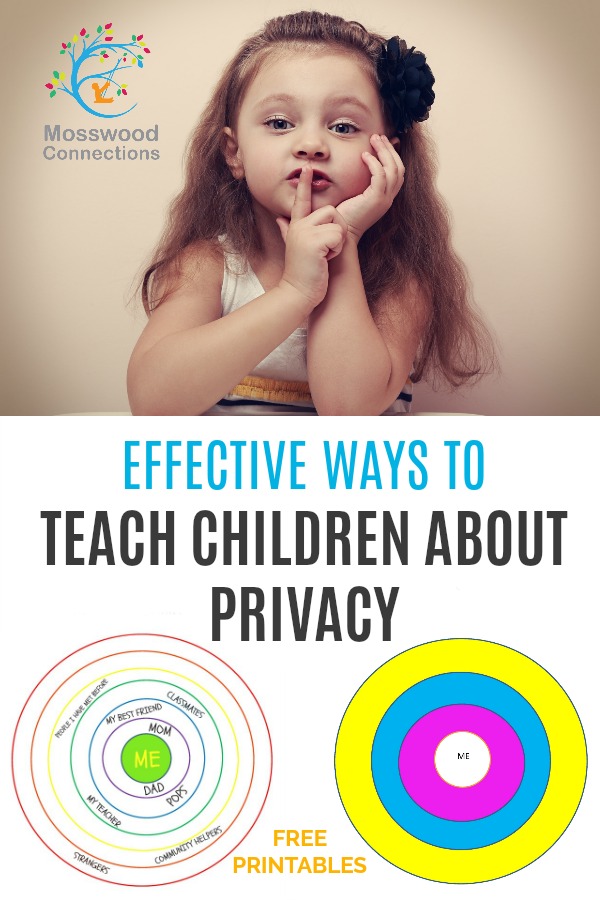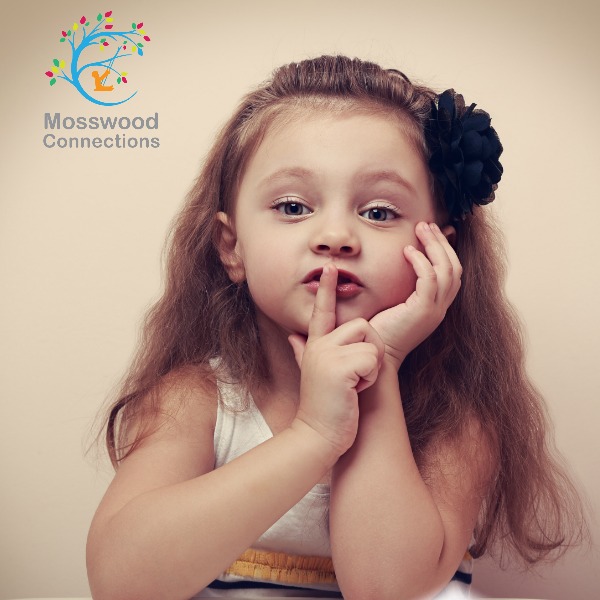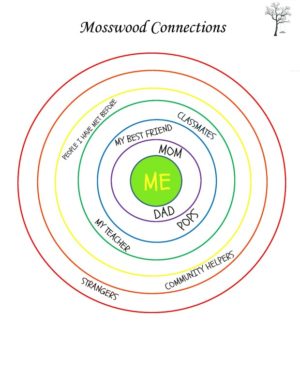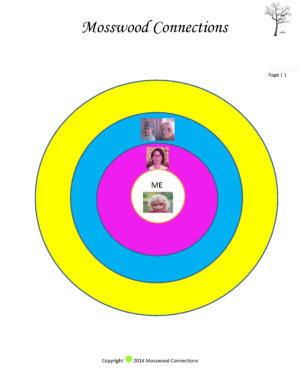Teaching Children the Importance of Privacy
Raising Special Kids
“All human beings have three lives: public, private, and secret.” ― Gabriel García Márquez
Privacy is a complicated topic for young children and a particularly tricky topic with children on the autism spectrum. For these children shades of gray have not yet been discovered, verbal filters are often absent. What is the difference between the mailman and the teacher? Who should you share certain information with? This can be so confusing unless you can find a clear way to explain the concept in a manner that is appropriate for their developmental level.
This page contains affiliate links. Please visit our disclosure page for more information.

MAKE YOUR OWN PRIVACY CIRCLE OF FAMILY AND FRIENDS
Making a privacy circle with your child can save you from many awkward moments. How many times has your child embarrassed you by blurting out personal information to a stranger? Or invited a neighbor that you barely know to a party at your house? Both of these things have happened to us. We have also been on the other end of the information, too. We work with children at their schools and in their homes. Part of our work depends on us having a warm and trusting relationship. So it is not surprising when a child will start to tell us about an argument their parents had or how their dad farted really loudly at dinner. However, this information is neither helpful nor appropriate for us to know. Beyond making embarrassing remarks, “Stranger Danger” is also an important lesson an important lesson to teach our children. But rather than frightening or embarrassing them, we prefer to make it really clear what is appropriate to share with the different people the children may encounter. To help children understand what to share, we often use Privacy Circles to explain this confusing concept.

Get the Kids Involved!
To make a privacy circle that is relevant to them, the child should be involved in deciding who is in their circles. They may feel more comfortable sharing their secrets with a friend rather than an aunt or uncle.
The first step is to fill in the circles with the people in their lives. The center circle is the child and the outer circle is strangers. For children, the circle around them is always their parents (or the person acting as their parent) but for teenagers, the second circle may be their best friend. (Sorry, parents, but it’s true.)
Talk About Different Situations Where Privacy Needs to be Considered
Once the circles are filled in, it is time to start defining what that means. Give examples of different situations and topics. You can write these on a post-it note and stick it in the appropriate circle. Talk about who you might say these things to and why. Talk about how they would feel if you shared something that was private to them with the mail carrier or someone else out their close privacy circles. Here are some examples of things that you can talk about:
- Who do you wave hello to?
- Who would you tell your name?
- Who would you tell your address?
- Who would you tell where you go to school?
- Who would you tell what sports you like to play?
- If you have a problem at school, who would you tell?
- Who can touch you?
- Who would you tell, “My poo makes my bottom itch.”
- Who would you invite to your home?
- Who would you tell, “My parents got into a fight last night.”
- Who, if anyone, would you tell, “My mom doesn’t like your mom.”
- Who would you share a secret with?
You can download a PDF template here.
It is best to use the privacy circle on an ongoing basis.
For young children, you can use a simpler version with pictures.
Hang it on a wall. Whenever a situation occurs that is a teachable moment about privacy and sharing have them add it to their privacy circle. If a child starts to share something that they probably should not, just interrupt them and ask if it belongs in your part of their privacy circles. Remind them how they feel when someone shares something personal about them.
Enjoy a whole new world of privacy and appropriate behavior with this privacy circle activity! ![]()
You will also enjoy these social skills activities that explore feelings.
- Texture People: Some children connect their feelings best with words, others like colors or drawing or music. This activity is for those kids who like different textures.
- Emotions Scavenger Hunt: Emotions Scavenger Hunt is a great way to build emotional awareness, perspective taking, whole body listening and social skills.
- Zeke Learns About Facial Expressions: A book that explains facial expressions and their importance to kids.
- How Am I Feeling Social Skills Game: Kids love to play this super fun, free printable game as they learn about body language, facial expressions and tone of voice.
- Stick Up For Your Feelings!: An interactive social skills activity, perfect for classrooms and groups, to develop perspective taking skills and whole body listening.
- A Jar Full of Feelings: A visual sensory regulation activity to help children recognize and respond appropriately to having mixed feelings.
- Put Your Thoughts on Ice: Help children process anger and anxiety by smashing their problems away!


